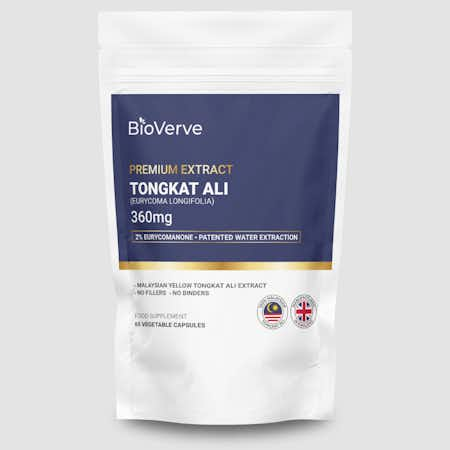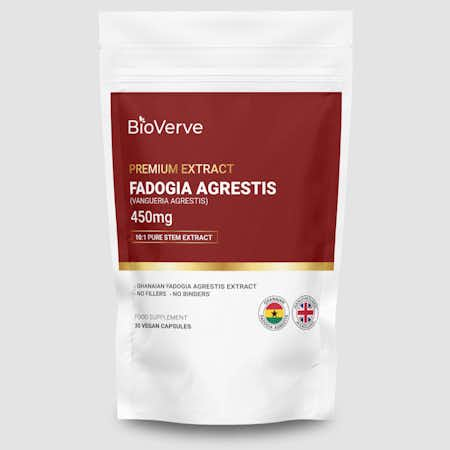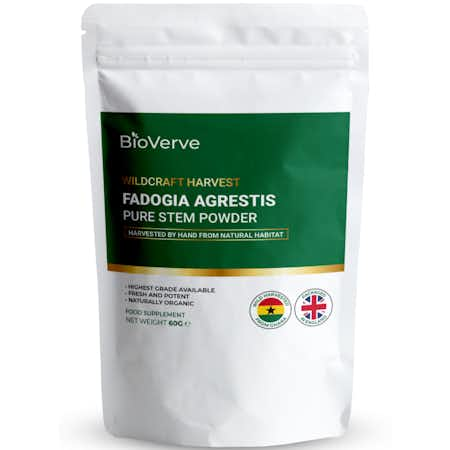Free UK 48hr Tracked Delivery
Free UK 48hr Tracked Delivery for all Orders.
HOME / BLOG / DECODING PLANT EXTRACTS
June 15th 2024

"The clearest way into the Universe is through a forest wilderness."
— John Muir, naturalist and botanist
Decoding Plant Extracts: Understanding Standardised Extracts and Extract Ratios in Supplements
Introduction to Standardised Extracts and Extract Ratios.
In the world of dietary supplements, clear information is often hard to find. Among the most puzzling terms that consumers encounter are "standardised extracts" and "extract ratios." While they may sound similar, these terms describe different aspects of how plant extracts are prepared and evaluated for use in supplements. This blog aims to clarify these concepts, explaining not only their definitions but also why they matter when choosing health products.

Understanding Extract Ratios in Plant Extracts
Extract ratios indicate the concentration and potency of plant extracts. They are represented in the format "X:Y" where "X" refers to the amount of raw plant material used, and "Y" indicates the final amount of extract produced.
Common Extract Ratios:
- 1.1 Ratio
- Description: One part of raw plant material yields one part of extract.
- Potency: This is a direct representation of the plant's constituents, making it as close to the original plant material as possible.
- Usage: Often used when a broad spectrum of the plant’s compounds is desired.
- 4:1 Ratio
- Description: Four parts of raw plant material yield one part of extract.
- Potency: More concentrated than a 1:1 ratio, meaning the extract is four times stronger than the original plant material.
- Usage: Preferred for achieving higher potency with a smaller dosage.
- 10:1 Ratio
- Description: Ten parts of raw plant material yield one part of extract.
- Potency: Highly concentrated, ten times stronger than the raw material.
- Usage: Ideal for powerful extracts where high potency is required in small amounts.
Understanding Standardised Extracts
Standardised extracts are plant extracts that are standardised to contain one or more specific active compounds in a guaranteed quantity. Supplements containing standardised extracts are often superior to those that only state the extract ratio.
Why Standardisation Matters:
- Consistency: Ensures each batch provides a consistent level of bioactive components.
- Efficacy and Safety: Crucial for medicinal and therapeutic uses where precise dosages are needed.
How Standardisation is Achieved:
1. Identification of Active Components
- Identify key active ingredients responsible for the plant's therapeutic effects.
2. Development of an Extraction Method
- Develop a method to effectively isolate these compounds.
3. Quantification of Active Ingredients
- Use techniques like HPLC (High-Performance Liquid Chromatography), GC (Gas Chromatography), or MS (Mass Spectrometry) to quantify the concentration of active ingredients.
4. Adjustment to Achieve Consistency
- Adjust the extract to ensure each batch meets the specified amount of active ingredients.
5. Quality Control and Testing
- Implement rigorous quality control measures to ensure consistency and purity.
6. Documentation and Compliance
- Maintain proper documentation and comply with regulatory standards.
7. Final Product Formulation
- Formulate the standardised extract into various dosage forms such as tablets, capsules, or liquids.

Deep Dive: Examples
Eurycomanone:
BioVerve’s Malaysian Tongkat Ali is standardised to 2% eurycomanone, the primary active compound in Tongkat Ali, responsible for many of the herb's acclaimed health benefits.
Clinical studies support eurycomanone's efficacy in promoting male reproductive health, increasing testosterone levels, and improving physical performance. Standardised extracts ensure consistent and effective results.
Fadogia Agrestis:
BioVerve sells Fadogia Agrestis as a finely milled powder and a 10:1 ratio extract. This extract is not standardised to active compounds due to a lack of scientific research. Instead, we test for rutin as an indirect marker for potency.
The rutin in Fadogia Agrestis does not increase testosterone levels or provide any of the other performance benefits Fadogia Agrestis is known for. However, it serves as a proven marker for the potency of the extract. Batches of raw powder are blended until a specific rutin content is achieved before processing into an extract.
An important point regarding our Fadogia Agrestis extract: the 10:1 extract ratio of the raw powder we use is only measured after it has been sorted for quality (removal of leaves, small roots, bark, etc.), cleaned, steam sterilised, finely milled, and dried to a specific moisture content (referred to as "loss on drying" in technical documents). This is important because many companies market extracts using a ratio without defining the initial state of the raw material. For example, we could potentially market our 10:1 extract as a 50:1 extract if we measured the weight of the raw material before drying or even higher before sorting.
Note: The extract is created using our Ghanaian Fadogia Agrestis powder. We also sell Nigerian Fadogia Agrestis powder, but we do not use it to make an extract.
Validation & Testing
Standardised extracts can be validated by third-party laboratories. You can send a sample of the ingredient to a specialist lab, and they will test it against a "standard" to validate the minimum percentage concentration in the provided sample.
In lab tests, a "standard" is a pure chemical used as a reference to measure active components in plant extracts. It ensures accuracy, consistency, and correct identification. For example, if scientists want to determine how much withaferin A is in ashwagandha, they use a pure withaferin A standard. They compare the plant extract to this standard to see how much withaferin A it contains. Techniques like chromatography and calibration curves help in this process, ensuring the results are precise and reliable.
Note: BioVerve’s manufacturing partners also supply globally recognised standards for dozens of active compounds. On the other hand, extract ratios cannot be accurately validated by third-party testing. If a claim is made that a supplement has a 40:1 extract ratio, a lab would need the original raw material from the manufacturing company along with the extract. Even then, it would only provide an estimation of the extract ratio. With the extract alone, it is impossible to validate the extract ratio.
Conclusion
Standardised plant extracts offer significant advantages over those where only the extract ratio is mentioned. These advantages include reliable and reproducible results, improved product quality, and better efficacy. If a supplement only displays the extract ratio, it’s important to research whether an active compound has been identified in studies and if other companies offer products standardised to these active compounds.
For example, an Ashwagandha 50:1 extract is likely less effective than an Ashwagandha extract standardised to 12% total withanolides, including 6% withaferin A. The complexity and rigorous testing involved in standardisation ensure a superior product.
For many newly discovered ingredients with minimal research, the extract ratio remains a key marker of quality. However, be cautious of large extract ratios like 50:1 or 100:1. According to phytochemists, the average plant extract ratio usually ranges between 5:1 and 25:1. Ratios larger than 25:1 should prompt further questions.
In recent years, especially since COVID-19, there has been a growing interest in using traditional medicines and plant extracts to improve overall health and wellness. As consumers become more educated about the benefits of natural remedies, the supplement market is evolving. The future of this market lies in standardising supplements to contain specific active compounds that have been scientifically identified as providing the primary health benefits. This shift is paving the way for a new generation of high-quality supplements designed to optimise health proactively, rather than just treating existing health issues. Unlike the pharmaceutical industry, which primarily focuses on addressing health problems after they arise, this new wave of standardised supplements aims to enhance well-being and prevent illnesses, offering a holistic approach to health maintenance and improvement.
Thank you for taking the time to read this article. For any questions, please reach out to me at mo@bioverve.co.uk.
Further Reading
Extraction of Bioactive Compounds from Medicinal Plants and Herbs: This resource details various extraction methods like tincture, percolation, and steam distillation used to obtain bioactive compounds from medicinal plants and herbs.
Explore the article on IntechOpen
Phytochemicals: Extraction, Isolation, and Identification of Bioactive Compounds from Plant Extracts: This publication provides an overview of the techniques used to extract, measure, and identify bioactive compounds from plants, discussing their antioxidant, antimicrobial, and anticancer properties.
Learn more on MDPI
CAPITAL BUSINESS CENTRE, CARLTON ROAD, SOUTH CROYDON, ENGLAND CR2 0BS, UNITED KINGDOM






